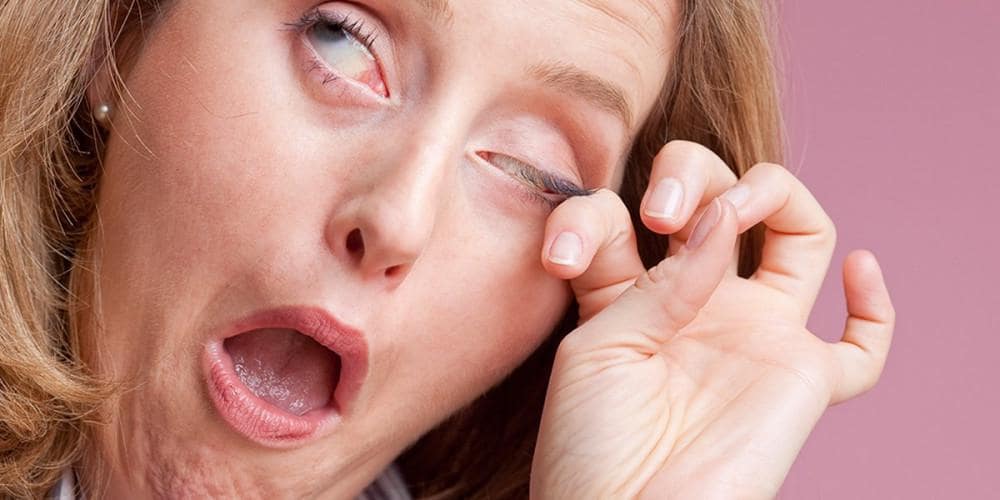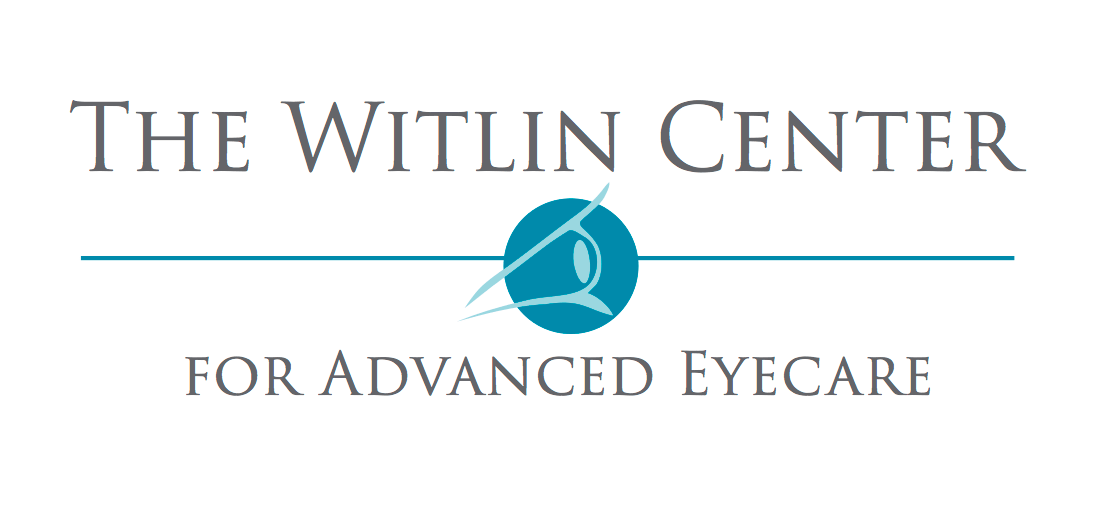
15 Oct Understanding Dry Eye and How You Can Treat It
Dry eye, also called dry eye syndrome, is exactly what it sounds like it is. It’s an uncomfortable condition where your eyes lack moisture from tears. While dry eye is common, affecting almost 50% of the US adult population, it is more common in people over 50.
In younger people, it is typically an occasional condition, but with older it adults, it’s more likely to be chronic. It’s also more prevalent in women than men.
Tears have several purposes. In addition to keeping our eyes lubricated and nourished, tears also wash away debris, and because they contain antibodies, tears also help prevent infection. Dry eye occurs when your eyes don’t produce enough tears, or the tear quality or composition is inadequate.
Dry eye symptoms
When your eyes don’t produce enough tears or the right kind of tears, your eyes feel dry and irritated. Other symptoms include:
- Redness
- Itching
- Stinging or burning sensation
- Blurry vision
- Light sensitivity
- The feeling that something gritty is in your eye
- Discharge
- Heavy eyelids
Strangely enough, excess tears followed by dryness is also a dry eye symptom.
What causes dry eye?
Certain situations lead to or raise your risk of dry eye. Sometimes it’s seasonal. Winter air is dryer than at other times of the year, and spring or fall allergies can lead to eye issues. Other factors that contribute to dry eye include:
- Certain medications such as antihistamines, birth control pills, and antidepressants
- Smoking
- Hormonal fluctuations in women during menopause or childbirth
- Contact lenses
- Excessive computer use, because you tend to blink less
- Certain health conditions such as diabetes, lupus and Sjorgren’s syndrome
- Laser eye surgery
- Advancing age because tear production diminishes
Dry eye prevention
In some cases, you can help prevent dry eye and dry eye symptoms with lifestyle changes such as wearing wraparound sunglasses when you’re outside to protect against the wind and sun. You can also use a humidifier in your house to add moisture to the air, especially during the dry winter months.
Other prevention tips include:
- Take regular breaks when you’re working at the computer
- Quit smoking
- Use over-the-counter artificial tears when you’re in dry environments such as deserts and airplanes
- Drink plenty of water every day to keep yourself hydrated
Dry eye treatment options
Fortunately, you can manage dry eye easily. The first step is to get an accurate diagnosis by visiting your eye doctor or getting an evaluation during your regular comprehensive eye exam. The providers at the Witlin Center for Advanced Eyecare use the LipiView ocular surface interferometer to assess and diagnose dry eye conditions.
Your personalized treatment plan will depend on your assessment and symptoms. Treatment options include:
- Changing medications to ones that don’t cause dry eye
- Over-the-counter artificial tears, eyedrops, ointments, or gels
- PRN omega-3 nutritional supplements
- Prescription dry eye medications
- A precision heated eye mask
- Punctal plugs that block tear ducts to restrict draining of tears
If you suspect you have dry eye or would like more information about it, call the Witlin Center for Advanced Eyecare in East Brunswick, New Jersey, or make an appointment online.


Sorry, the comment form is closed at this time.